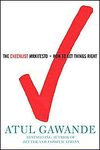 The NY Times has a new series called the Financial Tuneup: Take a Few Hours and Unlock Some Cash. Essentially these are all the things that you probably know you should do, but never get around to. By compiling them all into a interactive checklist, they suggest setting aside a specific time each year to focus on these activities.
The NY Times has a new series called the Financial Tuneup: Take a Few Hours and Unlock Some Cash. Essentially these are all the things that you probably know you should do, but never get around to. By compiling them all into a interactive checklist, they suggest setting aside a specific time each year to focus on these activities.
Here’s a quick excerpt of the To-Do’s that are included on their 31 item list. If you’ve read virtually any personal finance blog or magazine for longer than 10 minutes, you’re probably familiar with most of them and why they should be done.
- Rebalance your investment asset allocation
- Open an online savings account
- Consolidate to a better rewards credit card
- Lower your interest rate on existing debt
- Check your credit reports
- Check in on your Flexible Spending Account
- Haggle or shrink your landline, cell phone, and cable bills
- Update your life insurance to meet needs
- Shop around for home and/or auto insurance
Reading through the list, it reminded me a lot of the 15-Minute New Year’s Resolutions that I introduced this January (but then lost a little steam). It also fits in well with the new Gladwell-esque book The Checklist Manifesto by Atul Gawande, which explores the power of checklists and how they can reduce mistakes in even simple areas like hand-washing and make complex tasks much more manageable. It easy to see how a checklist in this scenario can help you focus your energy and reduce oversights.
As long as it can reduce the barrier to action enough for people to check off a few more items, I’d say it was a great idea. Are you motivated yet?
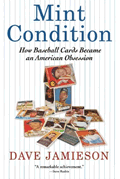 From the 1630s tulip mania to the Roaring 1920s to the Dot-com Bust to Real Estate, I thought I had read about all the bubbles. But it seems that I forgot that I was right in the middle another one – the baseball card craze of the late 1980s and early 1990s.
From the 1630s tulip mania to the Roaring 1920s to the Dot-com Bust to Real Estate, I thought I had read about all the bubbles. But it seems that I forgot that I was right in the middle another one – the baseball card craze of the late 1980s and early 1990s. The Chase Sapphire Card is a new rewards credit card that is offering 10,000 bonus points after your first purchase on the credit card, which can be redeemed for $100 cash. No annual fee.
The Chase Sapphire Card is a new rewards credit card that is offering 10,000 bonus points after your first purchase on the credit card, which can be redeemed for $100 cash. No annual fee.
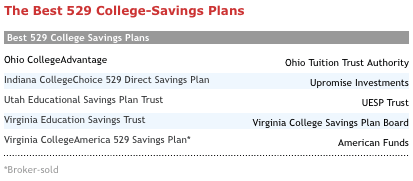


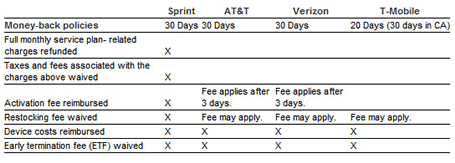

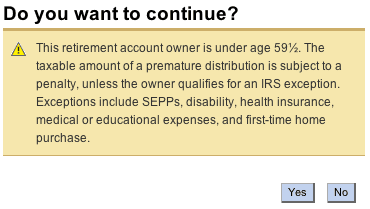
 The Best Credit Card Bonus Offers – May 2024
The Best Credit Card Bonus Offers – May 2024 Big List of Free Stocks from Brokerage Apps
Big List of Free Stocks from Brokerage Apps Best Interest Rates on Cash - May 2024
Best Interest Rates on Cash - May 2024 Free Credit Scores x 3 + Free Credit Monitoring
Free Credit Scores x 3 + Free Credit Monitoring Best No Fee 0% APR Balance Transfer Offers
Best No Fee 0% APR Balance Transfer Offers Little-Known Cellular Data Plans That Can Save Big Money
Little-Known Cellular Data Plans That Can Save Big Money How To Haggle Your Cable or Direct TV Bill
How To Haggle Your Cable or Direct TV Bill Big List of Free Consumer Data Reports (Credit, Rent, Work)
Big List of Free Consumer Data Reports (Credit, Rent, Work)